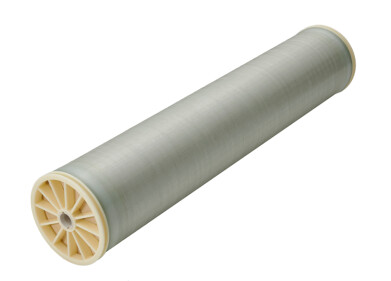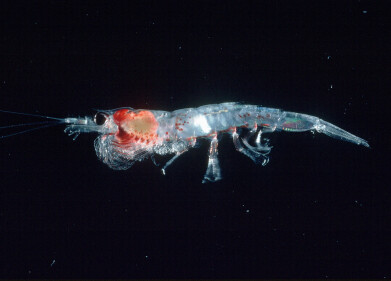Water/Wastewater
The Biggest Environmental Problem You’ve Never Heard Of
Jul 27 2016
We’re all well aware of the huge amount of waste which finds its way into our oceans, rivers and lakes. Indeed, you need only visit a beach outside of heavily-controlled zones to witness an incredible and unsightly amount of debris washed up on its shores.
While plastic packaging constitutes a high percentage of this waste, there is another key contributing factor to oceanic pollution, and it’s one you probably had no idea was happening: microfibers. These tiny fibres are found in synthetic clothing, such as fleeces and other non-woollen thermals, and can actually be released during ordinary washing machine cycles.
After being washed down the pipes with the dirty laundry water, they are then brought to wastewater treatment plants… where the particles are so small that a significant percentage of them escape the filtration process. The end result? Huge amounts of microfibers in our oceans and streams.
Tiny materials, huge problems
As if plastic packaging wasn’t bad enough (indeed, it was recently found that 90% of seabirds consume plastic), there is now another, even more challenging pollutant to contend with. Microfibers are not to be confused with microbeads, a common ingredient in many cosmetic items such as toothpastes and shower gels.
While microbeads were banned in the USA last year, microfibers remain very much a grey area in terms of both knowledge and legislation. New studies are shedding light on the extent of this problem, but as yet we do not know the exact effect that such materials have on sea life, nor how to go about remedying the situation.
What we do know, however, is that the problem is a considerable one. A study funded by conscientious clothing brand Patagonia and conducted by environmental microbiologist Dr Patricia Holden found that on average, each standard wash from an ordinary washing machine releases around 1.7g of microfibers. Over time, that’s a huge amount of waste to be entering our oceans (as much as 40% of microfibers escape filtration at wastewater treatment facilities).
What can be done?
Patagonia have freely admitted that the production of their lines of clothing is probably a leading cause in creating microfibers and have signalled their intent to address the problem. They intend to do this by investing significant amounts into researching how to minimise the loss of microfibers in the washing process, both through the use of synthetics and the machines themselves.
While more information is being gathered on the subject, they have set out a trio of guidelines for concerned consumers, advising them how they can minimise their impact on the world’s bodies of water. These are:
- Only buy what you absolutely need to reduce your impact on the planet
- Try to avoid washing your clothes (especially fleece) if at all possible
- Only purchase high quality clothing items, since lower quality synthetics are more prone to shedding microfibers
At present, more data on the topic is required before affirmative action can be taken. At least the first step – identification of the problem – has taken place; now we can all concentrate on how best to go about avoiding further contamination of the Earth.
Events
Carrefour des Gestions Locales de L'eau
Jan 22 2025 Rennes, France
Jan 29 2025 Tokyo, Japan
Feb 05 2025 Nantes, France
Feb 16 2025 Kampala, Uganda
Feb 26 2025 Chennai, India




-as-feedstock.jpg)





